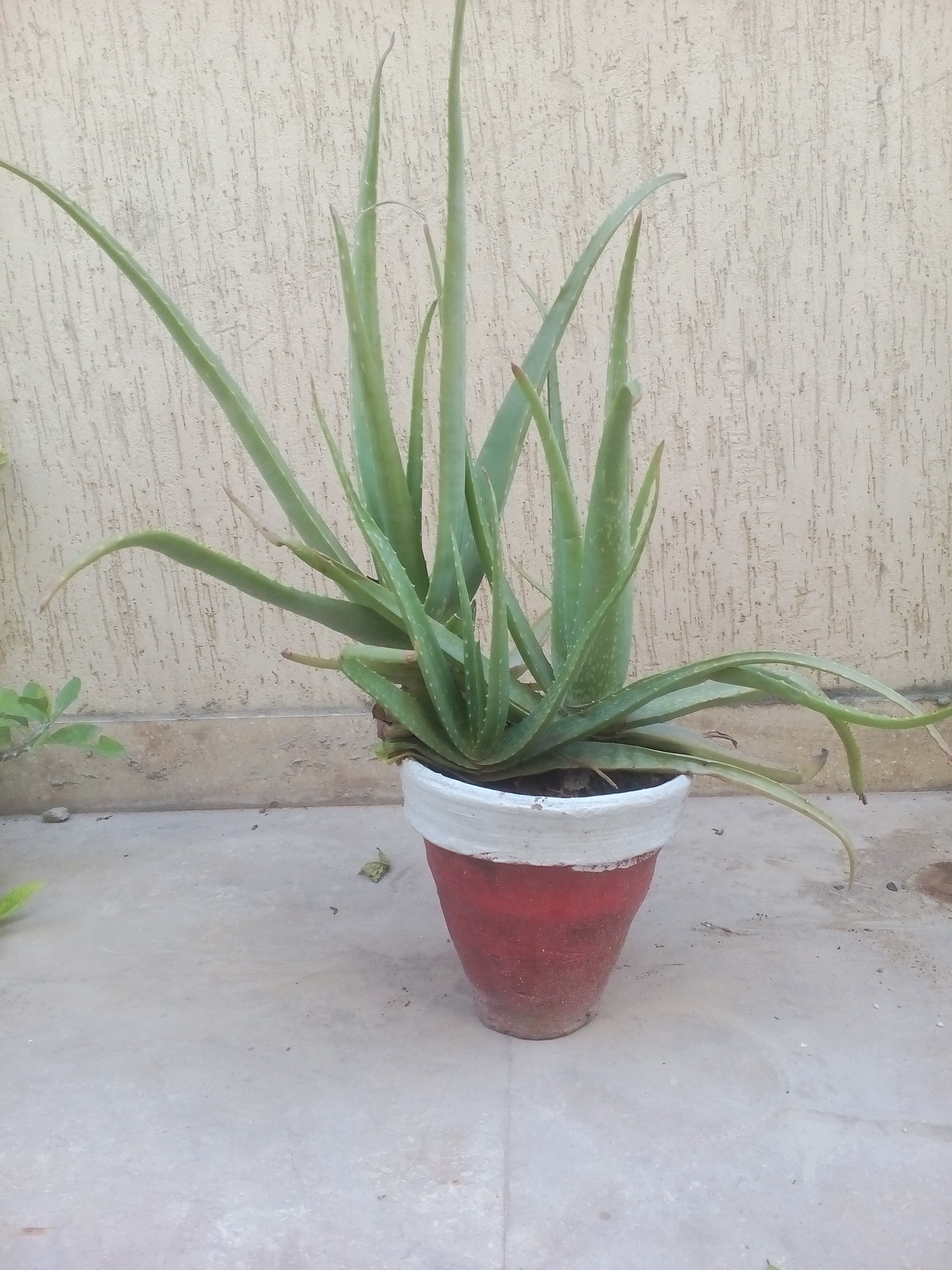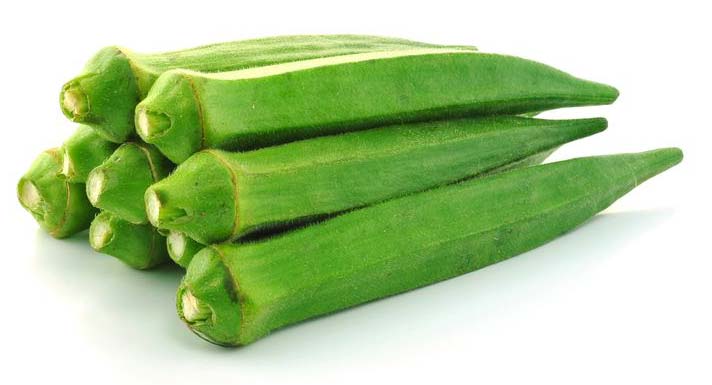Introduction to Aloe Vera
Aloe Vera? Ahhh Yes. I was thinking to write about this plant for so long and after many requests on my Facebook page (Arid Agriculture and Kitchen Gardening) and email, I decided to help my readers on how to grow Aloe Vera in kitchen garden? This magical plant is so adaptive that it shows great growth and production afterwards in pots, containers, indoors and outdoors. In the modern day urban gardening, one cannot deny the importance of having an Aloe Vera plant in kitchen garden or indoors. The natives of arid regions are lucky that they can grow Aloe Vera at commercial scale to earn top dollars.
As medicine, moisturizer, soap ingredient and sometime food item, God has gifted Aloe Vera with so many uses that my 600 words article is just an inch to write about it. I have a sweet memory of this plant because of my mom. What i saw during my childhood, whenever my mom got stove burning on finger (quite common in kitchen) or burning the hand by accidentally touching a hot utensil, she always did just one thing. Reach as soon as possible to the kitchen window to get a small piece of Aloe Vera from the pot, peal it from one side and massage its sap on the burned surface of skin. The reason was to get immediate relief from burning pain and no burning scar on the skin. Interestingly, in many parts of the world, Aloe Vera is also called as Burn Plant.
Actually Aloe is native to Africa and there are hundreds of varieties available. The best one is Aloe Vera. There are some edible varieties fit for food, but don’t consumer it in your meals unless and until you are sure that it is fine to consume internally. Some varieties are poisonous too.
How to Grow Aloe Vera?
The answer to how to grow Aloe Vera is that growing Aloe Vera is very easy. As i mentioned earlier, Aloe Vera has the tendency to grow in most of the environments. In urban gardening systems, it can even grow on few inches of soil. Similarly, it can sustain winters. However, freezing temperature is deadly for it. But that’s not an issue. During winter, you can place it indoors at room temperature. However, if you have mild winters in your area, it is good to plant it in open soil. Zones 9 to 11 in USA that are regarded as ‘hard’ are best for Aloe Vera, especially if you are growing Aloe Vera at commercial scale.
Promulgating Aloe Vera
Aloe Vera is grown by propagating the branches from mother plant, from its leaves and also from seeds obtained from its flowers. However, my recommendation is to grow it by propagating as seed sowing will takes a lot of time. Aloe Vera can be propagated anytime of the year, however, spring season is best to get good results. Just be careful that it Aloe Vera needs sunlight and moderate shade is also helpful for fast growth of its branches. Whether you are planning to grow Aloe Vera in kitchen garden or Aloe Vera in Pots or containers, soil should be well drained. I grow Aloe Vera in sandy soil so that water logging is avoided. Aloe Vera is very drought tolerant.
Choosing Pot for Aloe Vera
Next step in how to grow Aloe Vera is the selection of appropriate pot. Aloe Vera doesn’t need much space. If you are planning to grow Aloe Vera in pot or container, make sure it has a hole at bottom for drainage. Put sandy soil it. Dig a 2-3 inch hole in the center and place an offshoot from mother Aloe Vera in it. Fill the hole with soil and place it in sunlight. Just give little water at the time of sowing.
Watering Aloe Vera
Due to its water tolerant capacity and thick waxy leaves, Aloe Vera does not lose water due to evaporation even in hot climate. An Aloe Vera plant in your kitchen garden needs water once in 3-4 weeks. Too much watering will damage the roots. Also water the plant when you see that soil is completely dry after the last watering. Less water should be given in winters.
Harvesting and Care of Aloe Vera
When you see Aloe Vera plant becoming heavy due to its branches, it is fit time to start harvesting the branches. It is a common problem with Aloe Vera that even in a Pot, it grows wildly and become so heavy that it roots appear out of the soil and it starts fall over. It becomes difficult for the soil to hold the plant. So it is better to harvest the branches regularly. As far as fertilizer is concerned, Aloe Vera does not need any kind of synthetic fertilizer, whether you are growing Aloe Vera in kitchen garden, pot or containers.
On commercial scale, mulching and adding farmyard manure/compost is beneficial. If your soil is too much weak and Aloe Vera plant is showing growth at too much less pace, then add farmyard manure/compost only. If you are seeing that the leaves of Aloe Vera are becoming brown, it is a sign of sun burn. Place the pot or container in shade for some days and your Aloe Vera plant will be all fine.
Medicinal Use of Aloe Vera
Medicinal use of Aloe Vera dates back some 6000 years back. That is why, the trend of growing Aloe Vera in urban gardening is increasing. Aloe Vera in your kitchen garden has numerous medicinal benefits. It is very useful against skin burn, itching, cracking and rashes. Aloe Vera is a great source of skin moisturizer. For use on the skin, remove large stem from the main branch and simply squeeze it to get the sap out.
If you have any query, write to me at my Email, Facebook Page or Contact Me page on this website. Your comments will be appreciated. And don’t forget to share it on social media through social buttons below.
Happy Growing 🙂
Cite this Article in APA Style as:
[box type=”note” align=”aligncenter” ]Rahman, M. A. (2017, August 26). How to Grow Aloe Vera in Kitchen Garden? [Blog Post]. Retrieved from http://aridagriculture.com/2017/08/26/how-to-grow-aloe-vera-in-kitchen-garden/[/box]




















